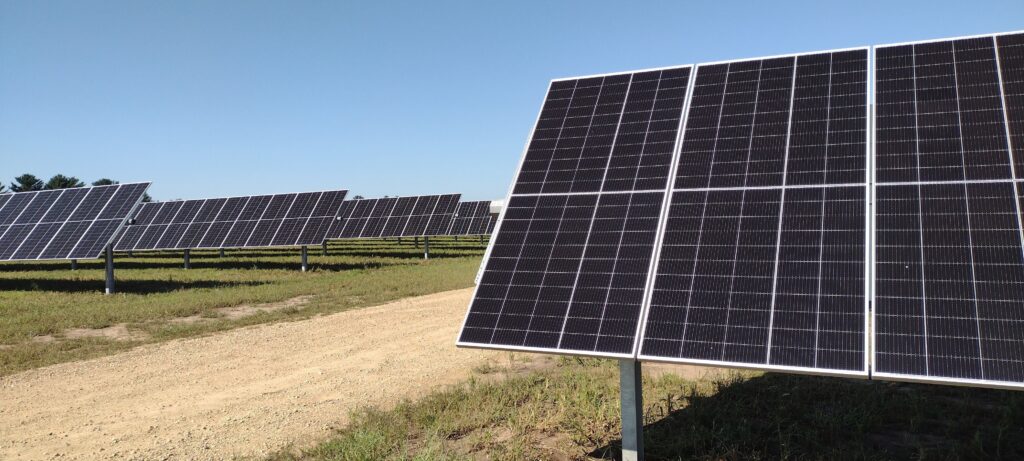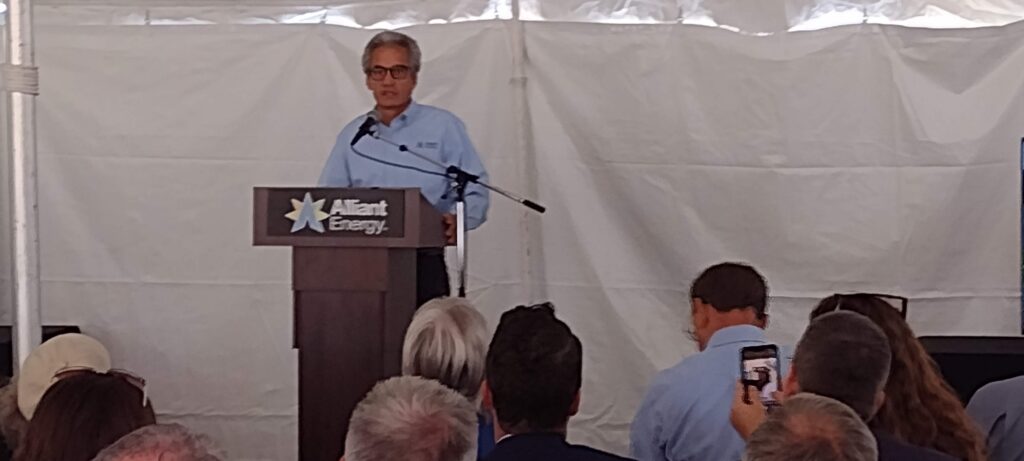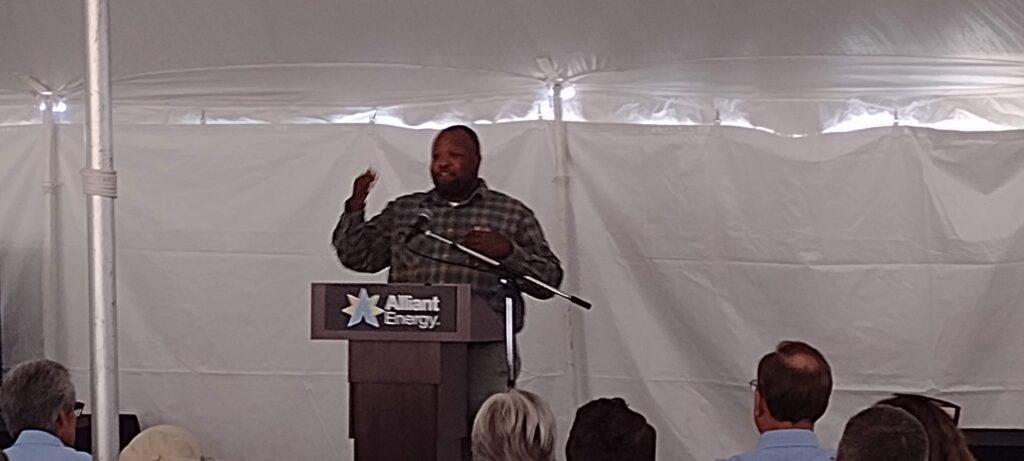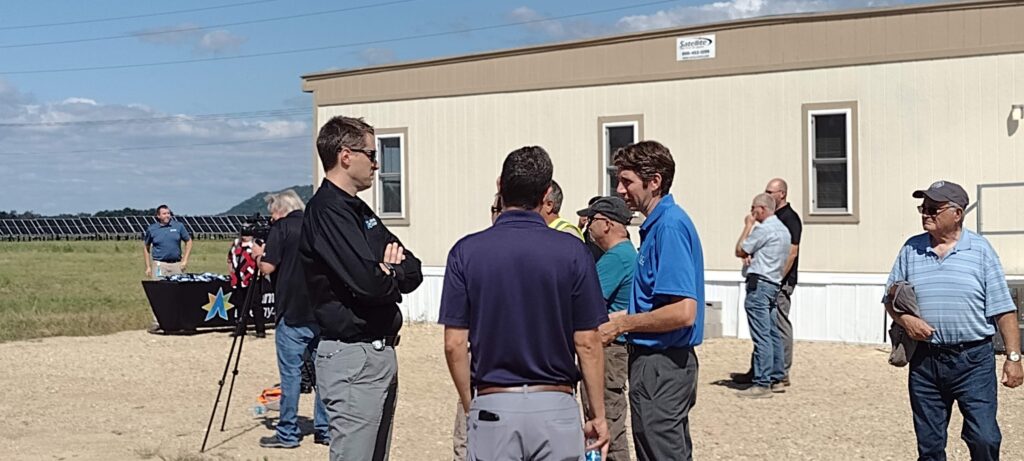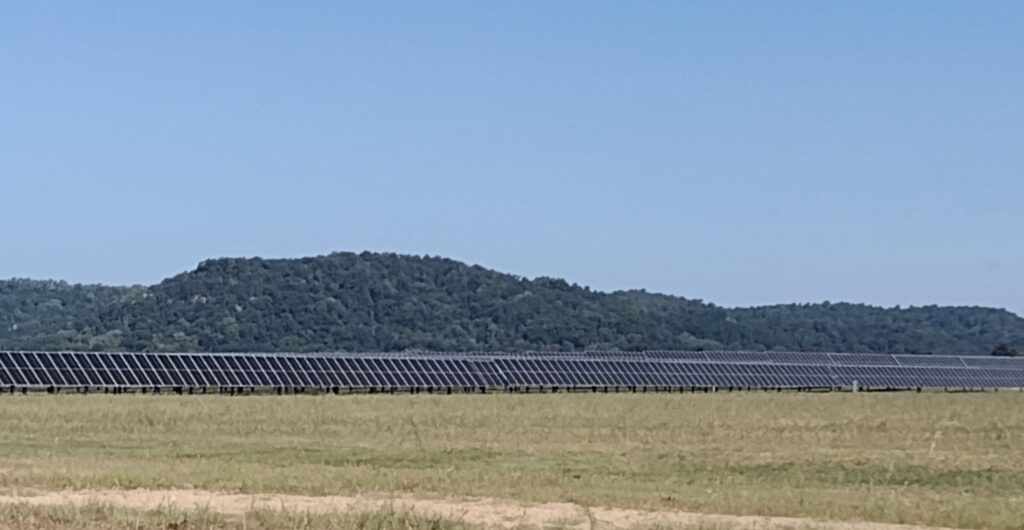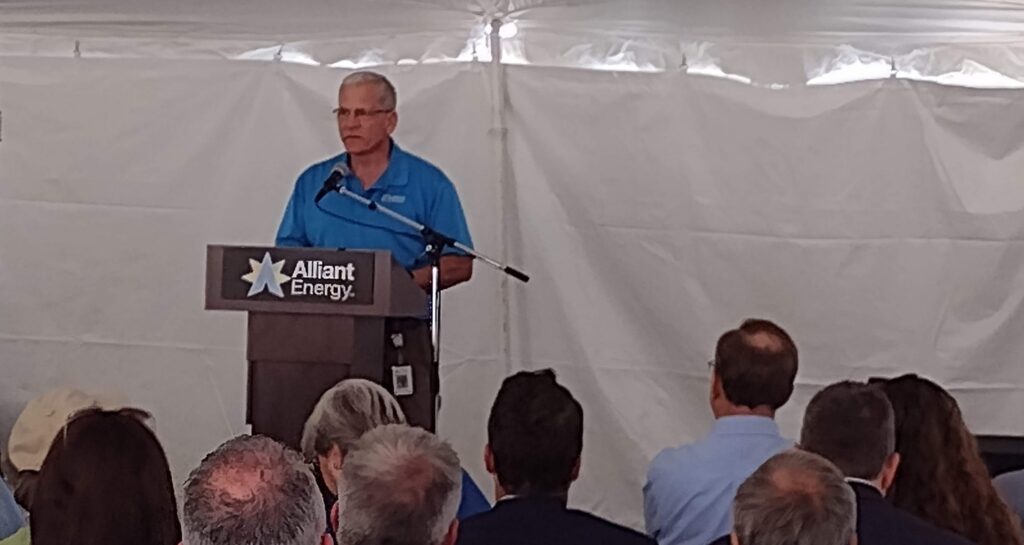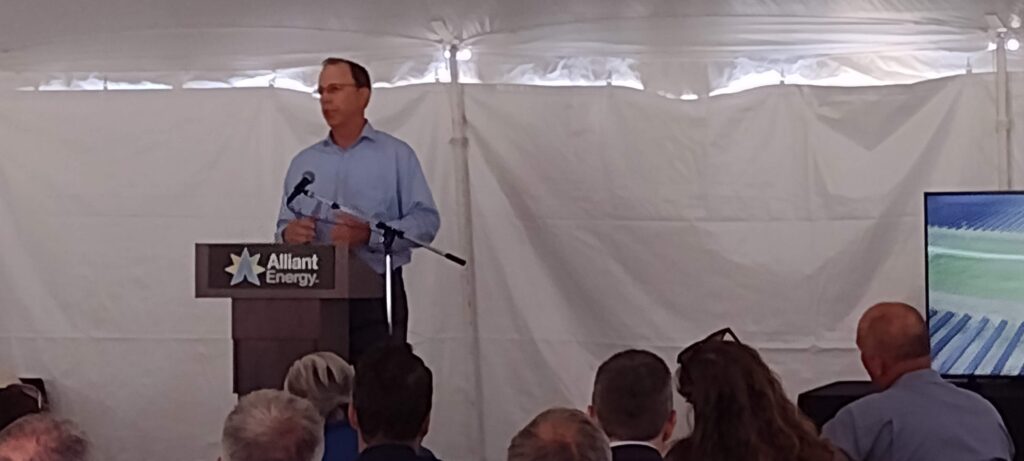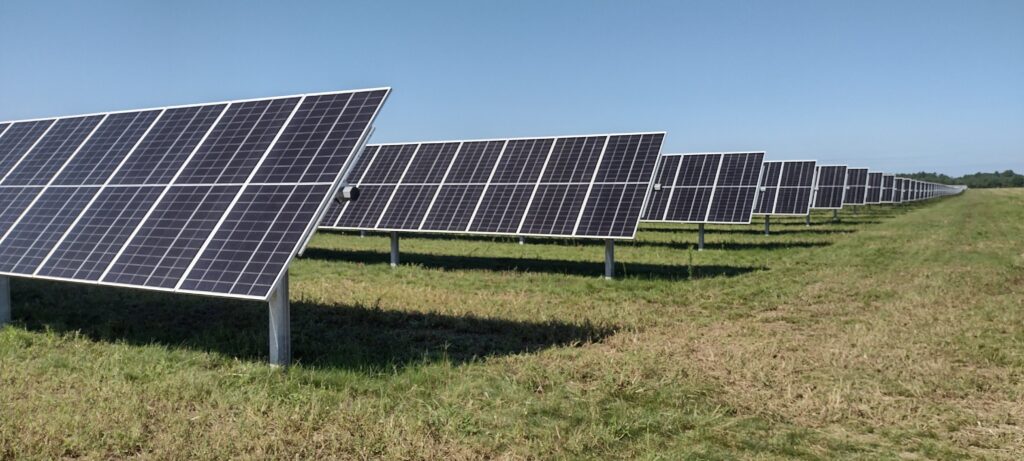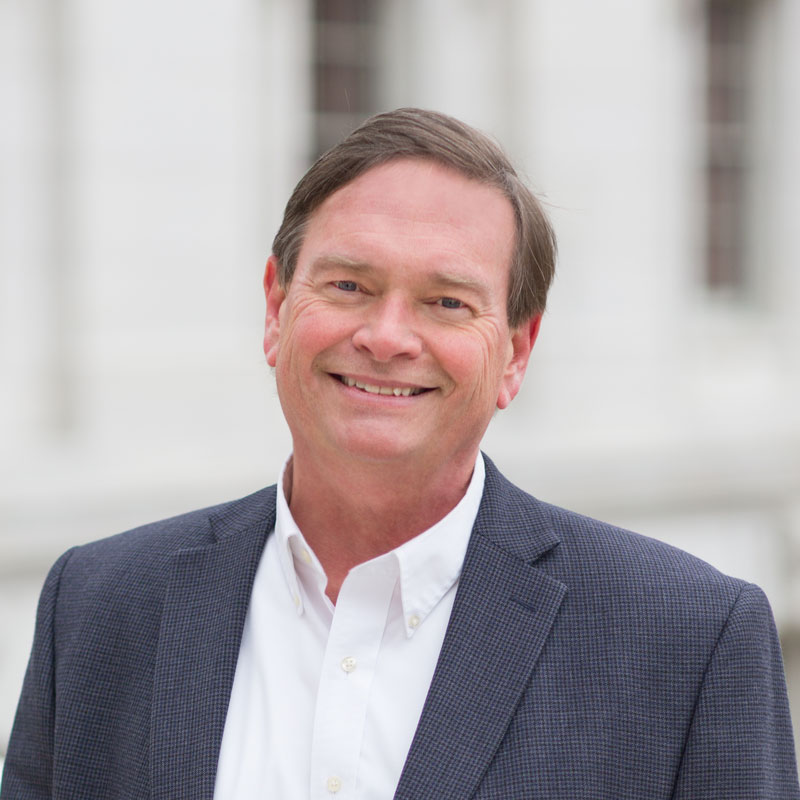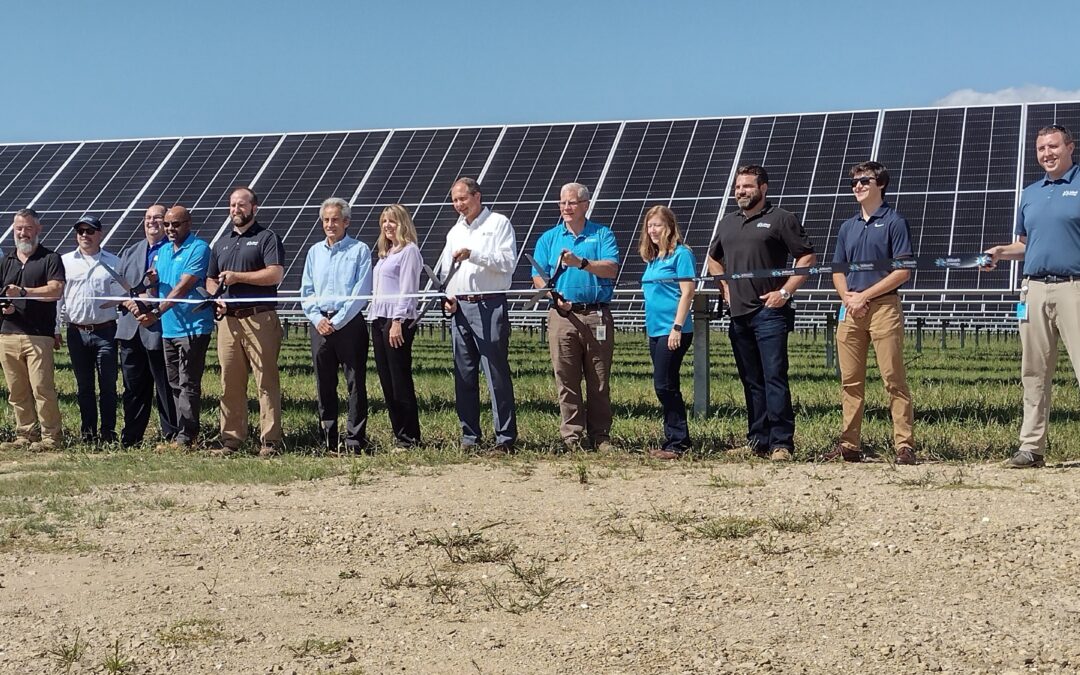
by Michael Vickerman | Aug 29, 2022 | Community, Events, Local Initiatives, Solar, Sustainability
Bear Creek Project Ushers in Gigawatt of Solar Capacity
Alliant Energy’s ambitious solar portfolio debuted on August 22 with a ribbon-cutting ceremony at its 50-megawatt (MW) Bear Creek project near Lone Rock in Richland County. Electricity produced from Bear Creek should equate to the annual consumption of approximately 13,000 residences.
Bear Creek will be followed by 11 more Alliant-owned solar projects totaling more than a gigawatt (1,000 MW), which are expected to go online over the next 18 months. Indeed, Alliant’s Wisconsin affiliate is on a trajectory to source 20% of its electricity from solar power by 2025. All 12 projects were approved by the Public Service Commission (PSC). (See table below for a complete list of Alliant’s solar projects.)
“This project is an incredible milestone for our customers,” said David de Leon, Alliant Energy’s Wisconsin President. “Guided by our purpose-driven strategy to serve customers and build stronger communities, this solar farm diversifies our energy portfolio, boosts American energy independence, and increases access to affordable electricity.”
The Bear Creek project drew praise from several project partners, including the Town of Buena Vista. “This project represents a significant, long-term investment in our community,” said Van Nelson, the town of Buena Vista clerk. “The township appreciated how well they were kept informed of progress throughout the project.”
With the completion of Bear Creek, Buena Vista and Richland County expect to reap a combined $200,000 annually from the state’s shared revenue program over 30 years. The project site covers 456 acres.
Construction of the Bear Creek solar farm began in July 2021. Burns & McDonnell was the lead contractor for the project and engaged operating engineers, carpenters, laborers, and electricians from several local union halls – increasing the positive economic impact and community benefit.
“When businesses partner with the skilled forces of Wisconsin’s unionized building trades, they know they’re going to get a safe, quality product that delivers superior value for everyone,” said Emily Pritzkow, Executive Director of the Wisconsin Building Trades Council. “By prioritizing using local unionized labor on renewable energy projects, Alliant Energy is supporting a strong workforce, keeping project dollars in the community and boosting our state economy.”
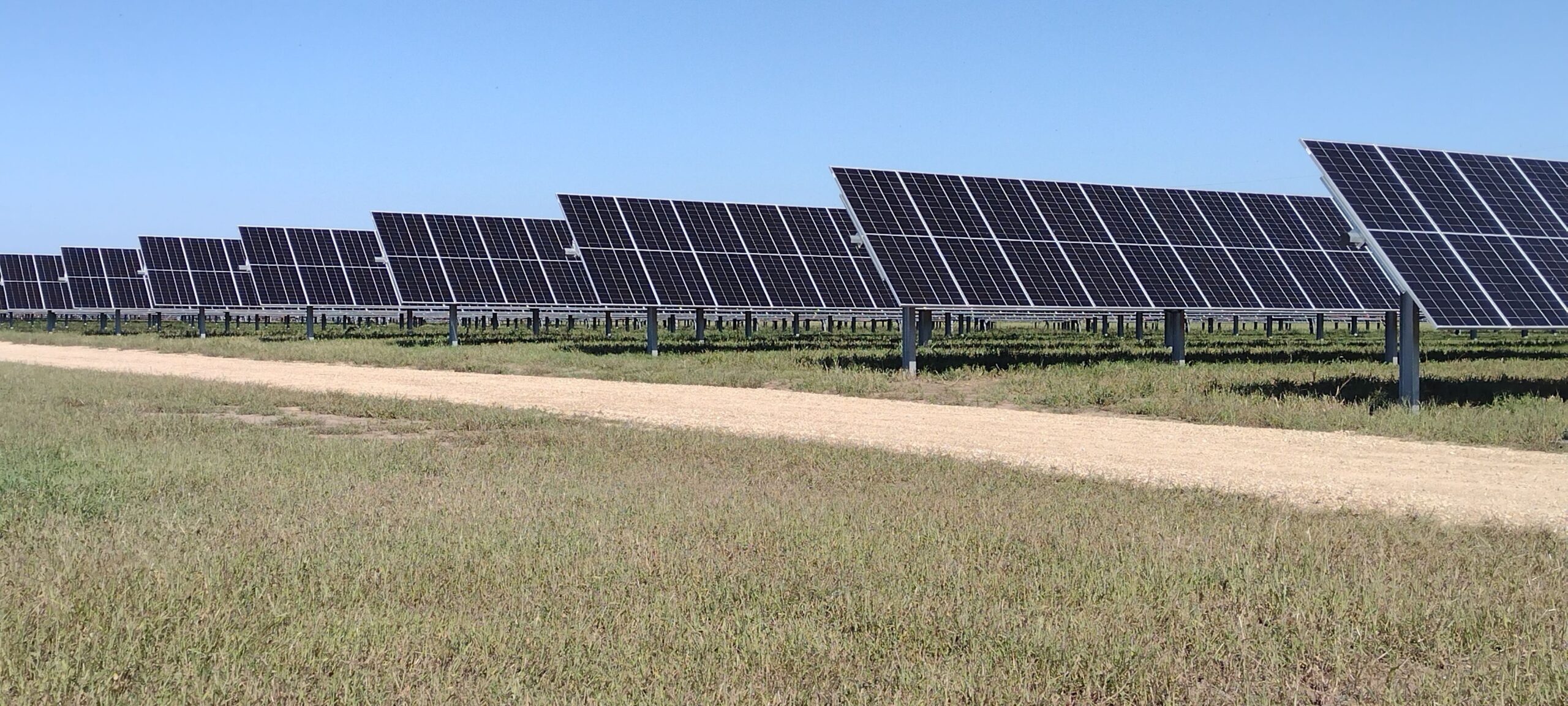
At the ribbon-cutting, Alliant officials drew attention to the safety record achieved during construction. According to Cameron Garner, construction project manager at Burns & McDonnell, not a single accident resulting in a loss of labor hours was recorded during the project’s construction. This is a remarkable achievement considering that 120,000 hours of labor were logged in completing the solar farm.
Alliant has scheduled its next ribbon-cutting ceremony in late September at its 150 MW Wood County solar farm near Nekoosa. A third ceremony will likely follow in November at the utility’s North Rock project north of Janesville.
Over the last three years, the PSC has approved 1,850 MW of utility-owned solar generating capacity in Wisconsin. Of that total, nearly 60% of that capacity will serve Alliant Energy’s Wisconsin customers. PSC Commissioner Tyler Huebner joined Alliant officials and other project partners in the ribbon-cutting.
|
Approved Alliant Energy solar projects
Docket Nos. 6680-CE-182 and 6680-CE-183
|
| Project name |
Location (county) |
Capacity (in MW) |
Start date |
| Albany |
Green |
50 |
2023 |
| Bear Creek |
Richland |
50 |
8/2022 |
| Beaver Dam |
Dodge |
50 |
2023 |
| Cassville |
Grant |
50 |
2023 |
| Crawfish River |
Jefferson |
75 |
12/2022 |
| Grant County |
Grant |
200 |
2024 |
| North Rock |
Rock |
50 |
11/2022 |
| Onion River |
Sheboygan |
150 |
2023 |
| Paddock |
Rock |
65 |
2023 |
| Springfield |
Dodge |
100 |
2023 |
| Wautoma |
Waushara |
99 |
2023 |
| Wood County |
Wood |
150 |
9/2022 |
| Total |
1,089 |
|
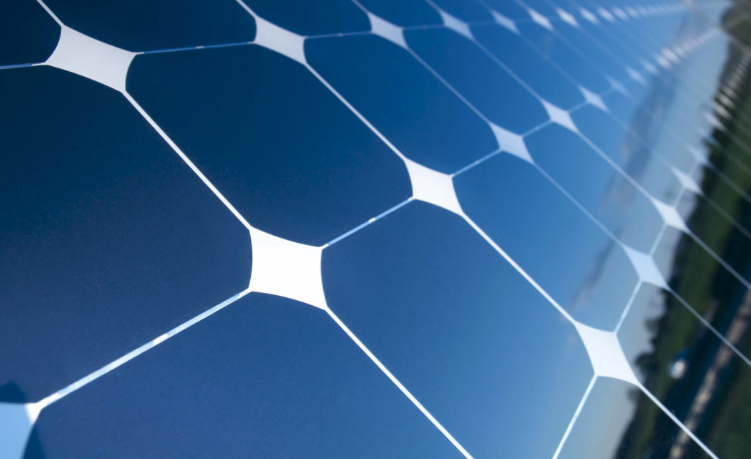
by Jodi Jean Amble | Jul 25, 2022 | Local Initiatives, Press Release, Public Service Commission, Solar
On Thursday, the Wisconsin Public Service Commission (PSC) agreed to open a docket to determine whether individual residents and businesses may access renewable energy produced on their premises using equipment owned by third parties.
“RENEW Wisconsin commends the PSC decision,” said RENEW Wisconsin Policy Director Michael Vickerman. “While this arrangement, often described as third party-financing, is expressly legal in 29 states, it has remained a legal gray area in Wisconsin for far too long.”
“In accepting the petitions filed by Vote Solar and the Midwest Renewable Energy Association, the PSC has now committed to resolving this ambiguity,” Vickerman continued. “PSC affirmation of third party financing is essential to spreading the benefits of clean energy to all Wisconsin utility customers.”
Vickerman noted that this lingering uncertainty has greatly impeded renewable energy uptake among individuals and organizations that cannot afford large upfront outlays or do not qualify for federal tax credits. These particular customers include nonprofits, small businesses, houses of worship, schools and local governments, and low-to-moderate income residents.
Vickerman continued: “A favorable ruling from the PSC would allow Wisconsin’s solar marketplace to catch up with neighboring states such as Iowa and Illinois. In those states, there is no barrier to customers hosting renewable energy systems owned by third parties and paying for this service through a lease or a power sale agreement.”
“We believe third-party financing is a critically important tool for empowering customers to scale back their fossil fuel usage,” Vickerman said. “Without expressly affirming the legality of ordinary financing mechanisms such as leases, we do not see how the state of Wisconsin will come anywhere near close to achieving a net zero carbon goal by 2050.”
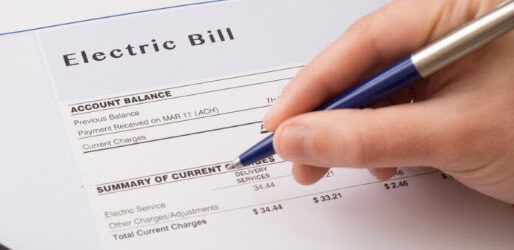
by Andrew Kell | Jul 21, 2022 | Action Alert, Advocacy, Legislative Watchlist, PSC Priorities, Solar
RENEW has assembled a team of experts to develop a comprehensive framework of Distributed Generation (DG) buyback rates as a counter-proposal to utility applications. DG buyback rates determine payments for ALL non-utility-owned electricity generation at the distribution level. For more information, please read this short RENEW parallel generation blog.
The Public Service Commission (PSC) must hear from clean energy advocates in each case. These PSC decisions will impact businesses, local governments, schools, hospitals, organizations, and individuals. We thank all of the clean energy supporters that submitted comments.
Comment periods are now closed for all cases.
WE ENERGIES (6630-TE-107)
WPS (6690-TE-114)
MGE (3270-TE-114)
XCEL Energy (4420-TE-109)
Alliant Energy (6680-TE-107)
RENEW appreciates the supporting comments that were submitted in favor of RENEW’s comprehensive framework for buyback rates. We believe this framework values DG, accelerates carbon emission reductions and provides a path for Wisconsinites to participate in building a clean energy future. Once again, more detail is provided in RENEW’s blog, Buyback Rates and the Business Case for Distributed Generation in Wisconsin.
For additional information on this topic, please contact Andrew Kell, Policy Analyst at RENEW.
Thank you for being a champion of clean energy in Wisconsin!
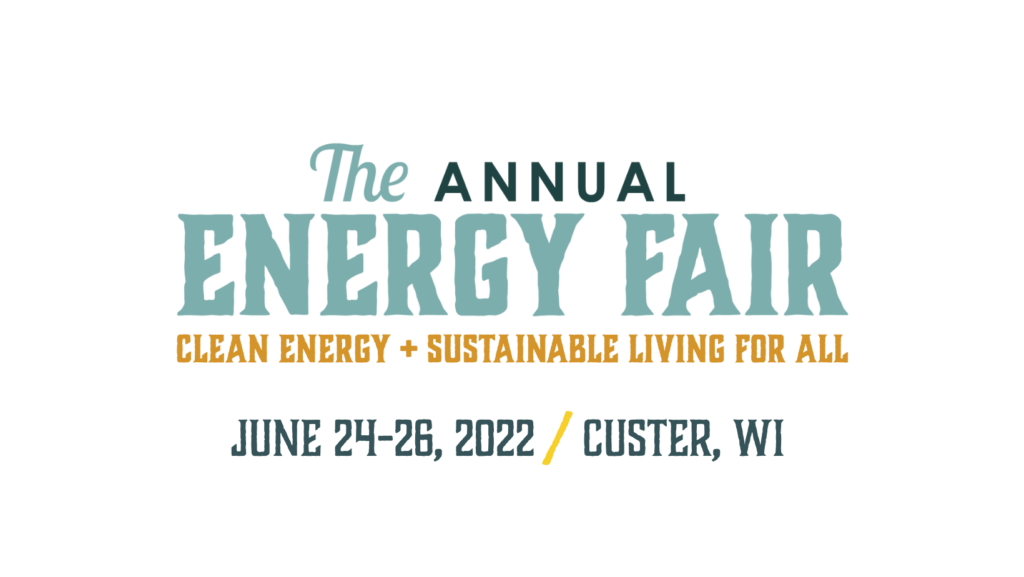
by Jodi Jean Amble | Jul 1, 2022 | Electric Vehicles, Events, Local Government, Programs, RENEW Wisconsin, Renewables, Solar, Solar for Good
Last weekend, the Midwest Renewable Energy Association (MREA) hosted the 31st Annual Energy Fair, bringing people together to learn about sustainability and clean energy, connect with others, and take action toward a sustainable future. The Fair featured workshops, exhibitors, live music, inspiring keynote speakers, family fun, great local food, and more.
RENEW staff presented some compelling workshops and you can download slides from their presentations below.
A Zero-Carbon Grid – How We Get There
Andrew Kell, RENEW Policy Analyst, discussed zero-carbon goals and ongoing planning efforts in Wisconsin. Andrew also discussed a joint study to address policy considerations of this clean energy transition.
Health Benefits of Electric Vehicle Adoption
Christina Zordani, Electric Vehicle Policy Intern at RENEW, discussed a Wisconsin with 100% clean-power electric vehicle adoption. In this workshop, attendees learned how a renewable-powered transportation network would bring significant economic and health benefits to Wisconsin.
Vehicle-to-Grid: Opportunities and Challenges
Francisco Sayu, RENEW Emerging Technology Director, discussed how Vehicle-to-Grid technology unlocks the energy stored in electric vehicles and opens opportunities for energy trading, energy management, and grid resiliency. The workshop delved into two case studies.
Energy Policy and Politics in Wisconsin
Jim Boullion, RENEW Government Affairs Director, reviewed the busiest legislative session for energy-related issues in many years, including solar financing, community solar, and electric vehicle rules.
Small Solar Farms in Wisconsin – Why More Are Needed
Michael Vickerman, RENEW Policy Director, discussed initiatives to expand Wisconsin’s solar marketplace’s middle tier: offsite arrays serving groups of self-selecting customers or whole communities across Wisconsin.
A Clean Energy Toolkit for Local Governments
Sam Dunaiski, RENEW Resources Director, discussed towns, cities, and counties in WI that are building the clean energy economy. By investing in renewables, WI communities are reducing carbon emissions, investing locally, and creating energy independence.
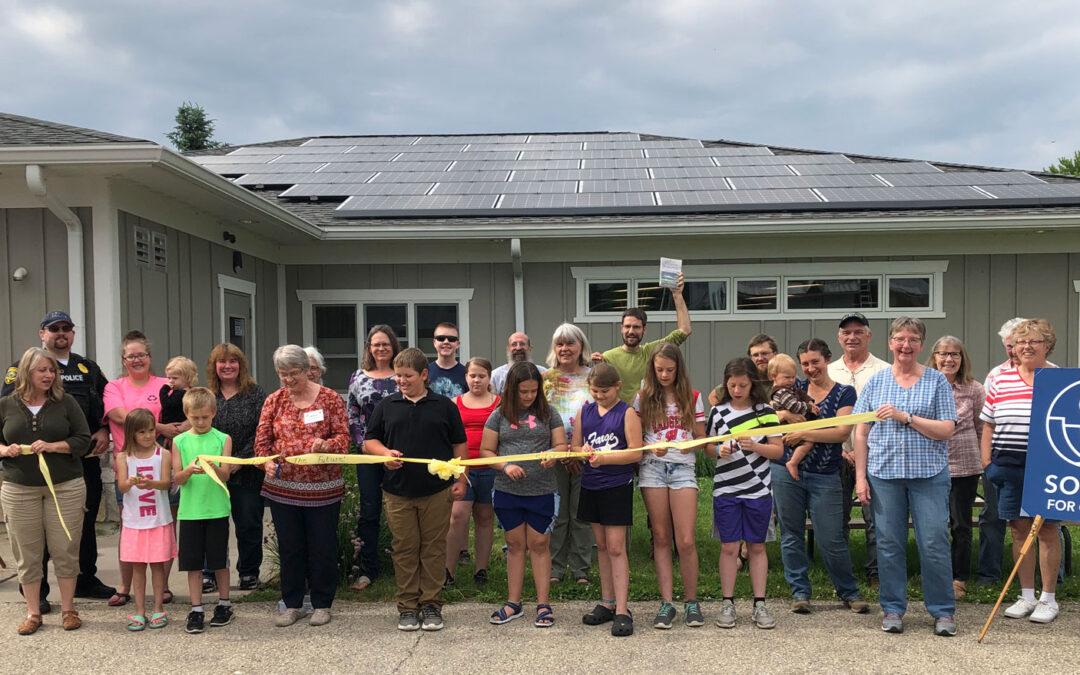
by Sam Dunaiski | Jun 8, 2022 | Community, Solar, Solar for Good
MADISON, WI – The Solar for Good grant program has awarded over $450,000 in grants and solar panel donations to Wisconsin nonprofit organizations. Thirty-five nonprofits will install over 2,200 kilowatts of solar electricity, leading to more than $6 million in renewable energy investments in Wisconsin.
The following organizations have been offered Spring 2022 Solar for Good grants to install new solar energy systems:
Agrace HospiceCare – health care, Janesville
Albany Lions Club – community services, Albany
Aldo Leopold Foundation – conservation, Baraboo
Antigo Public Library – community services, Antigo
City of Altoona – affordable housing, Altoona
Couleecap – community services, Westby
Curative Connections – human services, Green Bay
Dane County Humane Society’s Wildlife Center – conservation, Madison
Edgerton Retirement Apartments – affordable housing, Edgerton
Emmanuel Community United Methodist Church – religious, Menomonee Falls
Homeless Assistance Leadership Organization (HALO) – human services, Racine
Hawthorn Hollow Nature Sanctuary and Arboretum – conservation, Kenosha
Hunger Task Force – meal distribution, West Milwaukee
Lawrence University – education, Baileys Harbor
Madison Area Cooperative Housing Alliance (MACHA) – affordable housing, Madison
McFarland Lutheran Church – religious, McFarland
Milwaukee Teachers Education Association (MTEA) – education, Milwaukee
Movin’ Out – affordable housing, Cottage Grove
Mt. Calvary Lutheran Church – religious, Trempealeau
Northwest Side Community Development Corp – community development, Milwaukee
Outreach Community Health Center – health care, Milwaukee
Racine County Food Bank – meal distribution, Racine
Rivers and Bluffs Animal Shelter – animal shelter, Prairie du Chien
Rooted – agriculture, Madison
Southwestern Wisconsin Community Action Program – community services, Dodgeville
St. Mary Parish – religious, Omro
St. Robert Parish – religious, Shorewood
Tina’s K9 Rescue – animal shelter, Sparta
Trinity Episcopal Church – religious, Baraboo
Union Congregational United Church of Christ – religious, Green Bay
Vernon Economic Development Association – community services, Viroqua
Westcare Wisconsin – human services, Milwaukee
Wisconsin Housing Preservation Corp – affordable housing, Madison
Woodland Dunes Nature Center and Preserve – conservation, Two Rivers
*One organization has asked to remain anonymous at this time.
The grant recipients from the Spring 2022 round represent various sizes and types of nonprofits from across Wisconsin. Curative Connections, an organization that provides services to older adults with disabilities, will install a 280-kW ground-mounted solar array to offset nearly half of their electricity use. Over 80 solar panels will be installed on the rooftop of Outreach Community Health Center in Milwaukee to provide electricity for their medical, dental, and podiatry services. And Couleecap, an organization that works to fight poverty, will install two solar arrays at low-income housing facilities, directly offsetting the electricity use of their tenants.
“Without the Solar for Good Program, it would be difficult for low-income households to participate in solar programs that reduce energy costs and benefit their community,” says Hetti Brown, Executive Director of Couleecap. “The program is an important tool in our effort to reduce energy poverty for the rural residents of Wisconsin.”
Each organization agrees to highlight their solar project and provide education to their community about the benefits of solar energy as a requirement of their grant award.
“There are no publicly available solar installations within Langlade County, and we can offer tours for school children and the public,” said Dominic Frandrup, Director of the Antigo Public Library. “The long-term vision of the library is to also offer EV charging for downtown revitalization and eventually have an EV bookmobile to replace our gasoline van.
The 35 nonprofits are a part of Solar for Good’s 10th round of funding. The program has offered solar grants to 152 Wisconsin-based nonprofits since it began in 2017. Once projects are complete and energized, Solar for Good grant recipients will add over 7.3 megawatts of renewable energy to Wisconsin’s electric grid, providing enough electricity to power approximately 1,400 Wisconsin households.
_________________________________________________________________________________________________________________________________________
About Solar for Good RENEW Wisconsin’s Solar for Good initiative fosters the expansion of solar power among mission-based nonprofits and houses of worship in Wisconsin. Through a generous partnership with Couillard Solar Foundation, RENEW Wisconsin awards grants and solar panels to nonprofit organizations, helping them switch to clean, renewable, solar energy.
About Couillard Solar Foundation The Couillard Solar Foundation is a 501c3 nonprofit and our mission is to further the urgent path to decarbonization for Wisconsin, and create a cleaner, safer environment for everyone, regardless of socio-economic status. We help schools and nonprofits gain vital access to solar power, by providing solar panels, programs and education through the Solar for Good and Solar on Schools grant programs. For more information please visit www.CouillardSolarFoundation.org or follow on LinkedIn, Facebook, or Instagram.
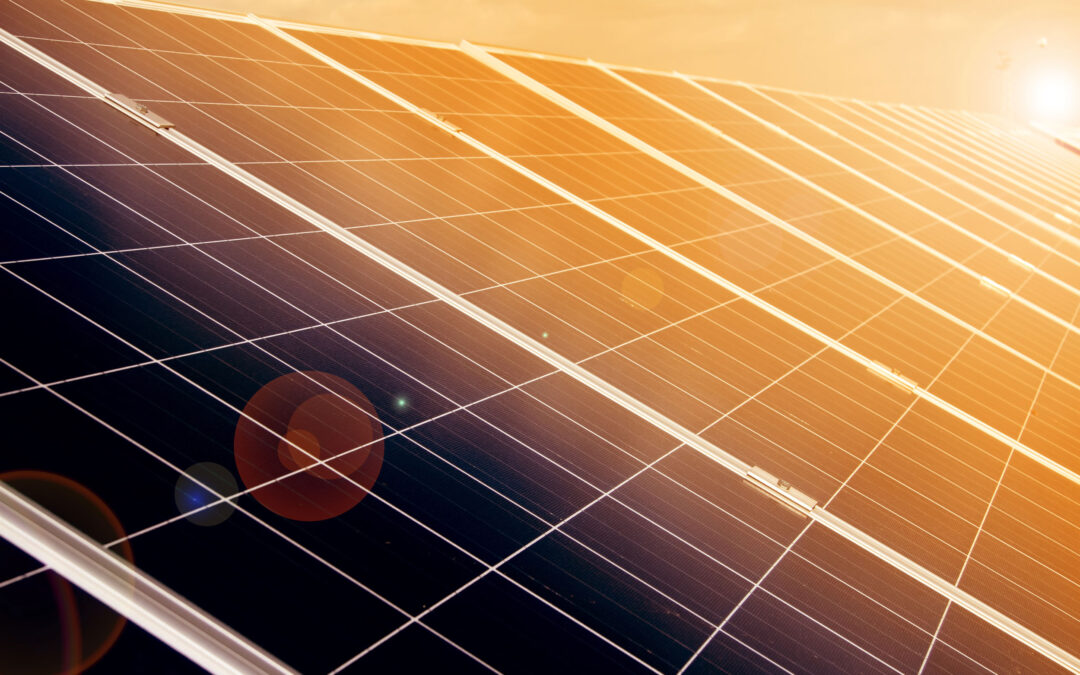
by Michael Vickerman | Jun 3, 2022 | Advocacy, PSC Priorities, Public Service Commission, Renewables, Solar
On May 26th two petitions were filed at the Public Service Commission (PSC) seeking rulings to clarify the long-simmering issue of third party-financed renewable energy generation serving individual customers behind their meters.
In one of the petitions (Docket No. 9300-DR-106), Vote Solar, a national nonprofit advocacy organization with 500 members residing in Wisconsin, asks the agency to affirm the legality of a tax-financed solar system installed at the residence of one of its Wisconsin members. In the other petition (Docket No. 9300-DR-105), Custer-based Midwest Renewable Energy Association seeks a similar affirmation, based on relevant case law precedents, enabling customers to host third party-financed electric generation systems on their premises without fear of being designated a public utility. You can read the petitions online at the above-referenced docket numbers on the PSC’s website.
Although the two petitions take different approaches to the legal question at issue, a positive ruling from the PSC on either or both of these filings would achieve the desired result: the ability of individual customers to access electricity generated on their premises from installations owned by third parties. For that reason, RENEW is urging stakeholders—solar contractors, climate and energy justice advocacy organizations, local governments, and legislators–to signal their support for both petitions through statements of support filed at the PSC.
When the PSC receives a Declaratory Ruling petition, it is obligated to open a 20-day initial comment window prior to deciding whether or not to accept that petition. Accepting the petition is a prerequisite for rendering a decision on the legal merits of the case.
RENEW is asking stakeholders to submit statements in both proceedings urging the PSC to accept the petitions and convene a proceeding to affirm third-party financing on its merits, emphasizing the following themes:
- Businesses need clarity on this legal question before they will commit to providing renewable energy to customers with equipment they would own. Though customer demand for solar PV is growing, the ongoing legal ambiguity acts as a powerful disincentive to businesses contemplating investments in equipment and staff to serve that part of the market. The risk of fighting expensive legal battles with utilities also diminishes business appetite for doing business in Wisconsin.
- Third-party financing eliminates the upfront financial commitment that often stops low and middle-income households from pursuing solar. As a market-building tool, third-party financing can expand the residential customer base more effectively than either rebates or tax credits. Third-party financing is a linchpin mechanism for securing a just energy transition that engages customers of all income levels.
- The lack of legal clarity on this issue is an unjustifiable restriction on property owners’ ability to supply themselves with clean energy produced on their premises. The PSC has had several opportunities in recent years to settle this issue but declined to do so. It is past time for the PSC to clear a path for the homeowners, businesses, and nonprofits desiring to access onsite solar power owned by a third party.
Currently, Wisconsin case law allows for third-party financing of energy projects, but some electric utilities have denied interconnection to installations that would have been owned by third parties. They contend that such installations should be regulated as public utilities, even though they are designed to supply energy to only one entity: the host customer. In our view, a business that installs and operates energy equipment on a customer’s property for that customer’s exclusive use should not be regulated as a public utility.
PSC affirmation for third-party financing is essential to spreading the benefits of clean energy to all Wisconsin utility customers.
The deadline for submitting comments is June 14th.
If you have questions or represent a business or organization that would like to engage on this issue, please contact Michael Vickerman at mvickerman@renewwisconsin.org.



